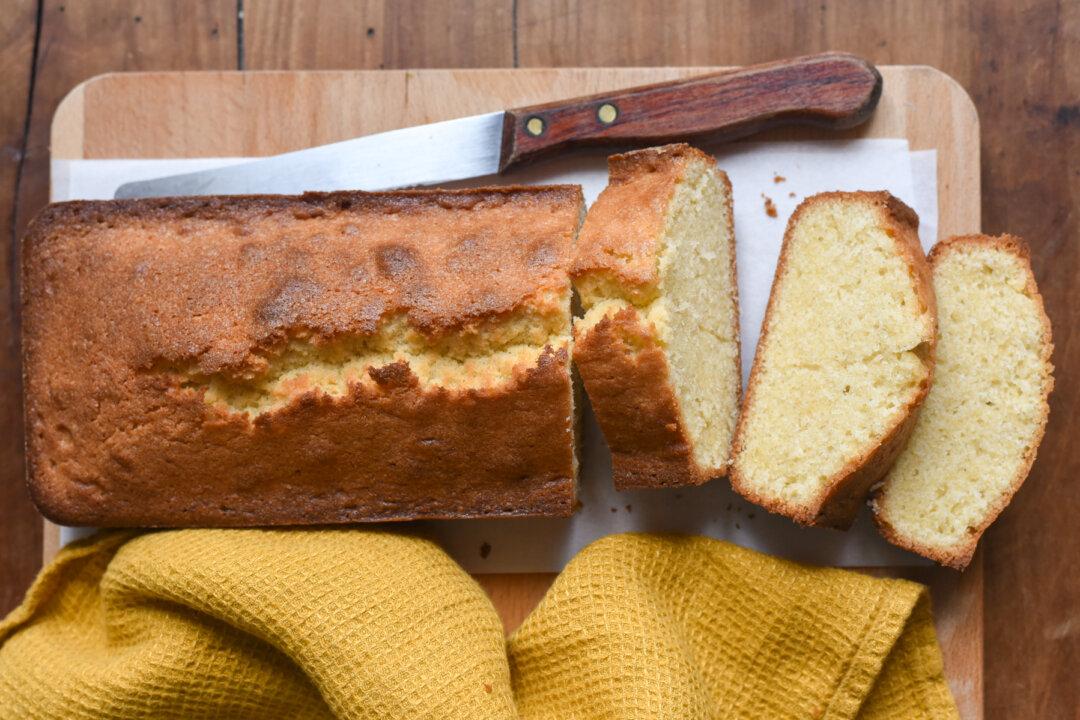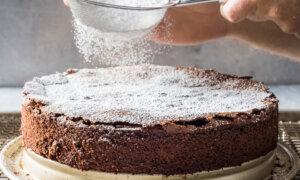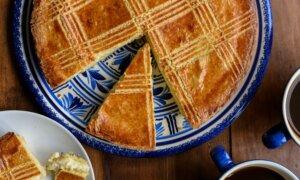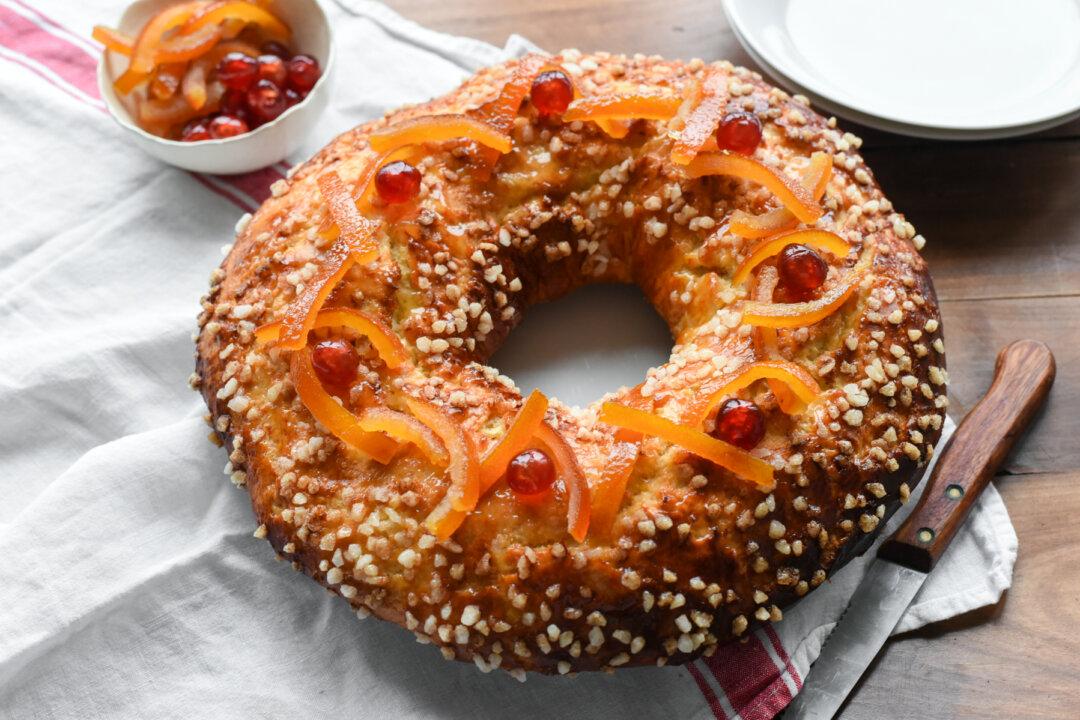In the realm of French snack cakes, the Breton pound cake reigns supreme. Also known as quatre-quarts, meaning “four quarters,” its name hints at how easy it is to make, using only four ingredients—and one extra French twist!
Originating in Brittany, in northwestern France, the quatre-quarts has, for good reason, transcended regional boundaries to become a beloved treat throughout the country. It has a moist, slightly dense crumb, and delightful buttery undertones.
However, what truly elevates this recipe to popularity is its sheer simplicity. Like a classic pound cake, it has four ingredients of equal weight—one quarter flour, one quarter butter, one quarter sugar, and one quarter eggs. Traditionally, it doesn’t need any leavening agents, such as baking powder, or extra flavoring, such as vanilla extract.
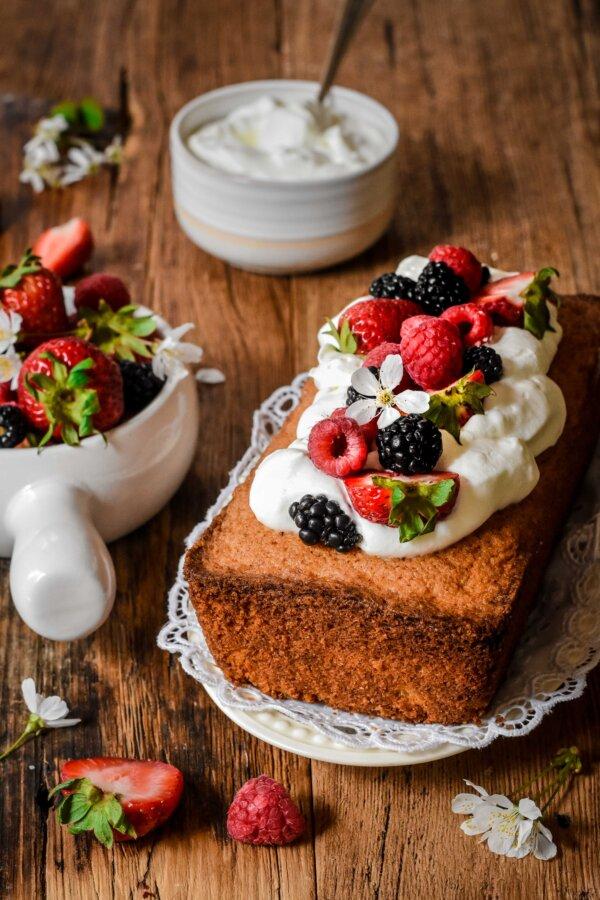
The Best Butter
Instead of typical salted or unsalted butter, this French pound cake traditionally calls for beurre salé. This special kind of salted butter hails from Brittany, in northwestern France, and is made with sea salt flakes often sourced locally from the region’s salt marshes. The region is known for its high-quality dairy products, thanks to its lush pastures and favorable climate for dairy farming.The strong ties between Brittany and beurre salé date back to the Middle Ages, when the Gabelle, an unpopular tax on salt, was imposed upon all French regions to fund the Hundred Years’ War—except for Brittany. Locals were the only ones still able to afford to add salt to their butter. Today, beurre salé remains an iconic regional specialty that’s commonly used in the northwestern part of France, and especially in local baked goods.
Beurre salé contains 3 percent to 5 percent more salt than the salted butter found in the United States. The salt enhances the buttery notes of the cake and adds depth of flavor to a recipe that would otherwise be a bit simple.
Tips for Success
Just like your classic American pound cake, the quatre-quarts is an easy and straightforward recipe made with the simplest pantry ingredients. There are, however, a few tips to know to ensure that yours will truly bake perfectly.Generally speaking, I’m a huge advocate of using a food scale for baking. Since pound cake is all about having the exact equal weight of eggs, flour, sugar, and butter, a food scale is especially essential. Start by measuring the weight of your three eggs (out of the shell, it should equal about 150 grams or 5 ounces), and use the exact same weight of flour, sugar, and butter.
Instead of relying on leavening agents to rise, a pound cake uses the air that is trapped within the egg whites when they’re beaten to a stiff peak. An electric beater or stand mixer will be very helpful. If you don’t have either, the recipe is doable by hand with a whisk, but get your wrist and forearm ready for a workout.
The eggs, especially, should be at room temperature. Colder egg whites absorb less air when beaten, making for a flat cake.
I love the simplicity of this Breton pound cake and enjoy it as is, allowing the lovely salted butter notes to shine through. But if you wish, you can add 1/2 teaspoon almond extract or 1 teaspoon vanilla extract, lemon zest, or orange zest to add some different notes.
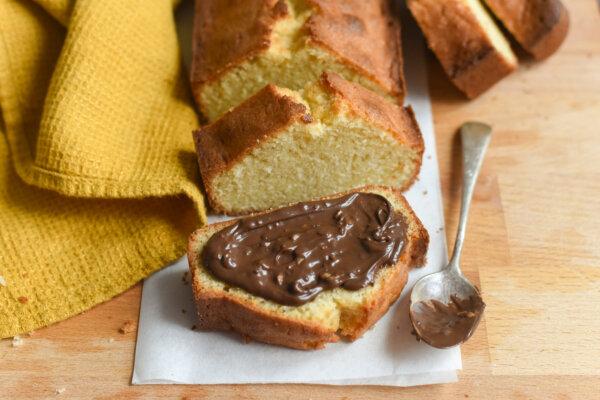
Quatre-Quarts
This cake is a delightful snack on its own but also serves as a versatile base for various toppings. French children often enjoy it with hazelnut spread for an after-school treat. In the springtime, it’s a perfect canvas for whipped cream and fresh strawberries, a beloved combination in Brittany.This recipe is built around 3 eggs, weighing 5 ounces (150 grams) in total. Start by weighing your eggs, and should they vary in weight, you can adjust the quantities of flour, butter, and sugar accordingly to match. (I’ve also included volume measurements below, but highly recommend measuring by weight with a kitchen scale.)
Bake in a 9-by-5-inch loaf pan for best results. The cake will stay moist for two to three days; beyond that, when it becomes slightly drier, cut it into chunks and transform it into a trifle.
- 2/3 cup (150 grams) unsalted butter, at room temperature, plus more for the pan
- 3 large eggs (150 grams), at room temperature
- 3/4 cup (150 grams) sugar
- 1 cup plus 2 tablespoons (150 grams) all-purpose flour, sifted, plus more for the pan
- 1 teaspoon fine sea salt
Melt the butter in a saucepan. Set aside to cool to almost room temperature.
Separate the egg yolks and whites into two large mixing bowls.
To the egg yolks, add the sugar and whisk together until foamy and lighter in color. Whisk in the cool, melted butter. Switch to a spoon or spatula, and mix in the flour and salt.
In the other bowl, whisk the egg whites to stiff peaks. Add a spoonful of the egg whites to the batter and mix to slightly loosen the consistency of the batter. Add the rest of the egg whites and gently fold them in with a spatula until the batter is homogenous and airy. Do not overmix.
Transfer the batter to the prepared loaf pan. Bake for about 1 hour, until golden and a knife inserted in the middle comes out clean.
Transfer to a cooling rack and let cool for 10 minutes. Remove the cake from the pan and let cool to room temperature completely before serving.
Just before serving, top the cake with whipped cream and decorate with fresh berries.

